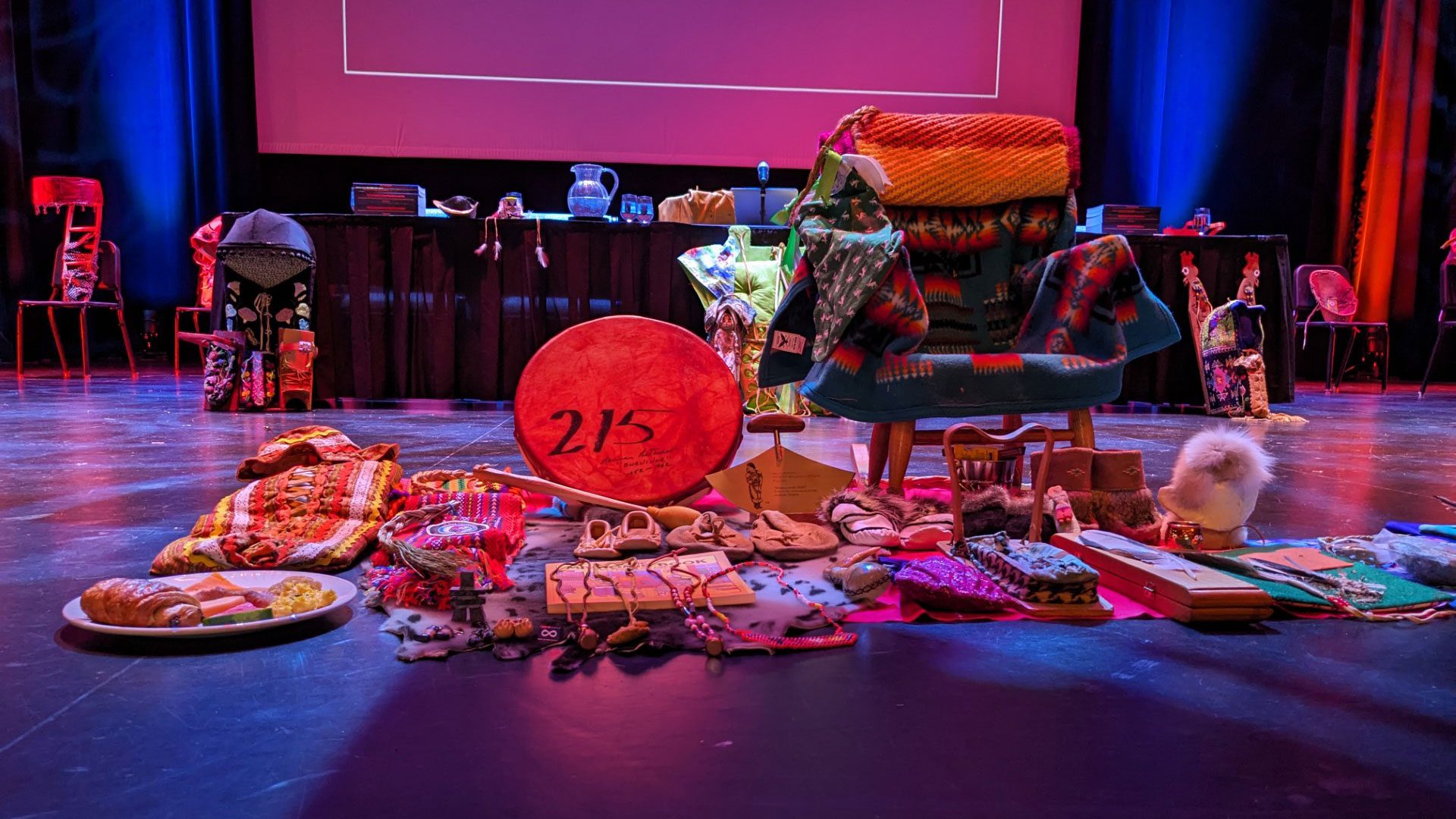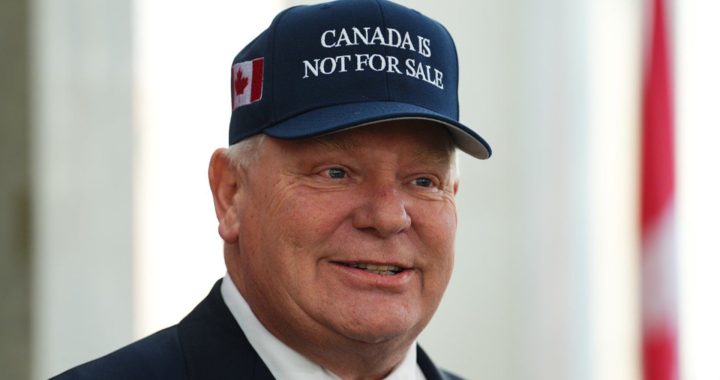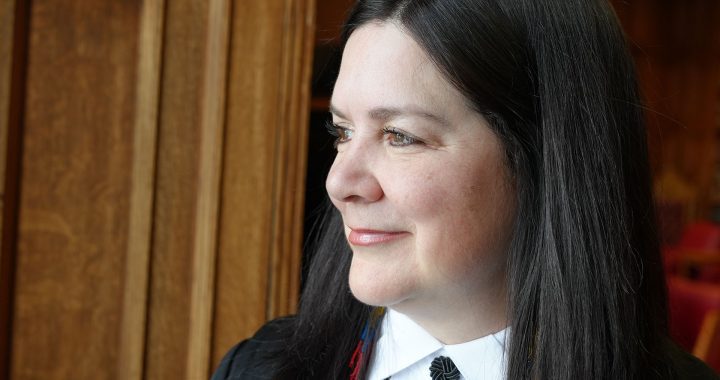Warning: This report refers to residential schools and may be disturbing for some readers. Help is available by calling the Residential School Survivor Support line at 1-866-925-4419
After two years of investigation, Canada’s special interlocutor on residential school gravesites says the work is only beginning.
Kimberly Murray released the final report of her term Tuesday and concluded “there is an urgent need” to establish a Commission of Investigations into the Enforced Disappearance of Indigenous Children in Canada.
She called on the government to fund an Indigenous-led probe over 20 years.
Murray, a Mohawk lawyer, said her two volumes of research entitled Upholding Sacred Obligations: Reparations for Missing and Disappeared Indigenous Children and Unmarked Burials in Canada show many of the missing children have, in fact, been “disappeared” by the state.
So far, the National Centre for Truth and Reconciliation has documented 4,118 who died at residential schools out of an estimated 150,000 First Nations, Métis and Inuit children forced into the 160-year system that ended in 1997.
But there were more deaths without burial records, Murray said, and at different organizations like tuberculosis sanatoriums, “Indian hospitals” and homes for pregnant girls.
“The greatest and most important obligation we all have is to the Survivors, who must be honoured and acknowledged for their courage in raising awareness about the painful truths of unmarked burials at Indian Residential Schools and other associated institutions,” she said in a news release.

Murray, a member of Kanetsetake northwest of Montreal, shared further details at a news conference in Gatineau, Que., just across the river from Ottawa, streamed live on her professional Facebook page.
She says she was troubled by what she viewed as a “settler amnesty” and “culture of impunity” towards suspected burials whose discoveries in some First Nations sparked a national reckoning by the general public about danger, violence and illness at the schools.
No actual graves have been uncovered in Canada and community searches now refer to disturbances registered by ground-penetrating radar as “underground anomalies”.
A segment of the population has denied the existence of child graves prompting Murray to call on Parliament to criminalize such acts.
She was appointed to the post following the reported discovery by the Tk’emlups te Secwepemc Nation of 215 suspected unmarked graves in 2021 near the site of the former Kamloops Residential School in B.C.
Near the end of her tenure, the Trudeau government tried to cap the amount of funding communities could use to find possible graves. But the plan was abandoned after the initial outcry turned into sustained criticism.
 Canada’s Justice Minister Arif Virani accepts the final report from lawyer Kimberly Murray at a special ceremony in Gatineau, Que. Photo: Mark Blackburn/APTN News
Canada’s Justice Minister Arif Virani accepts the final report from lawyer Kimberly Murray at a special ceremony in Gatineau, Que. Photo: Mark Blackburn/APTN News
Murray held eight gatherings or “engagement sessions” across the country to consult directly with survivors, their communities and families who were never informed of their children’s deaths or told where they were buried.
She issued 42 legal, moral and ethical obligations she says governments, churches and other institutions must meet to implement an “Indigenous-led Reparations Framework for Truth, Accountability, Justice, and Reconciliation.”
She labelled them a “crucial step” in pursuing justice for the affected families.
What’s more, she said they would address the legislative and structural gaps that exist in identifying, protecting and commemorating missing and disappeared children and their burials.
“Canada has legal and moral obligations to ensure that a full investigation is conducted into the disappearances and deaths of these children,” Murray said.
“It fulfils a high personal yet universal human need to know what happened to deceased loved ones and to mourn, bury and memorialize them according to the laws, spiritual beliefs and practices of one’s own culture.”
Murray also called on Canada to refer itself to the International Criminal Court for investigation.
It was part of Murray’s mandate to explain how to build a new “federal legal framework to ensure the respectful and culturally appropriate treatment of unmarked graves and burial sites of children” associated with former residential schools.
Murray’s final report is also calling on the federal government to create an Indigenous-led national commission with a 20-year mandate to investigate missing and disappeared Indigenous children.
Murray told those in attendance at the gathering that she remains hopeful about the future, and offered words of encouragement for those who will continue with this work.
“Don’t lose your languages. Don’t let the ceremonies die,” Murray said. “Be strong as you continue to tell your truth. Be strong as you continue to fight.”
Her two-year term was extended by six months to end in December 2024.
She filed a progress report in November 2022 and an interim report in June 2023.










